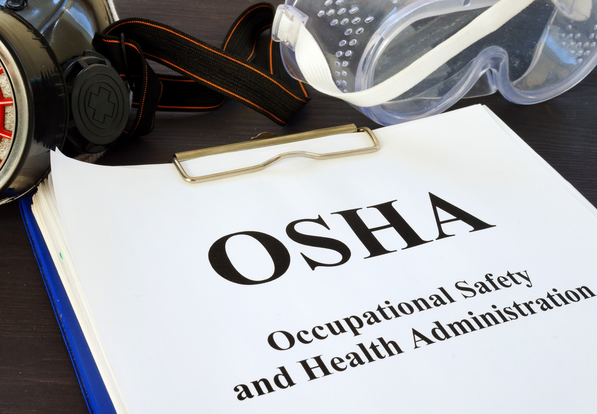The U.S. Department of Labor’s Occupational Safety and Health Administration (OSHA) is reminding employers they must submit 2020 injury and illness data by March 2.
Employers required to submit the data to OSHA include those whose workers are classified in high-risk industries, such as facility service staff. Electronic submission of this data is required by establishments with 20-249 employees classified in the high-risk industries, as well as all establishments with 250 or more employees.
Under the Occupational Safety and Health Act of 1970, employers are responsible for providing safe and healthful workplaces for their employees. OSHA’s role is to help ensure these conditions for America’s workers by setting and enforcing standards, and providing training, education, and assistance.
Visit the Injury Tracking Application Electronic Submission of Injury and Illness Records to OSHA for more information and a link to the Injury Tracking Application.
Supreme Court Ends Practice of Rounding Time Clock Punches
AMN Services, LLC is a healthcare services and staffing company that recruits nurses for temporary contract assignments.
Kennedy Donohue worked as a nurse recruiter at AMN’s San Diego offices. In that role, Donohue did not have predetermined shifts but was expected to work eight hours per day.
Under California law, employers must generally provide employees with one 30-minute meal period that begins no later than the end of the fifth hour of work and another 30-minute meal period that begins no later than the end of the tenth hour of work. If an employer does not provide an employee with a compliant meal period, then “the employer shall pay the employee one additional hour of pay at the employee’s regular rate of compensation for each workday that the meal . . . period is not provided.”
Per AMN’s company policy, nurse recruiters were provided with 30 minute meal periods beginning no later than the end of the fifth hour of work.
AMN used an electronic timekeeping system called TeamTime to track its employees’ compensable time. Employees used their work desktop computers to punch in and out of Team Time, including at the beginning of the day, at the beginning of lunch, at the end of lunch, and at the end of the day.
Team Time rounded the time punches to the nearest 10-minute increment. For example, if an employee clocked out for lunch at 11:02 a.m. and clocked in after lunch at 11:25 a.m., Team Time would have recorded the time punches as 11:00 a.m. and 11:30 a.m. Although the actual meal period was 23 minutes, Team Time would have recorded the meal period as 30 minutes.
AMN relied on the rounded time punches generated by Team Time to determine whether a meal period was short or delayed.
In April 2014, Donohue filed a class-action lawsuit against AMN. Donohue alleged various wage and hour violations, including the meal period claim at issue here.
The trial court granted AMN’s motion for summary judgment, and the Court of Appeal affirmed the dismissal, reasoning that AMN’s rounding policy fairly compensated employees over time, and there was insufficient evidence that supervisors at AMN prevented employees from taking compliant meal periods.
The California Supreme Court reversed in the case of Donohue v AMN Services, LLC.
The Supreme Court concluded that “employers cannot engage in the practice of rounding time punches – that is, adjusting the hours that an employee has actually worked to the nearest preset time increment – in the meal period context. The meal period provisions are designed to prevent even minor infringements on meal period requirements, and rounding is incompatible with that objective.”
It also held that “that time records showing non-compliant meal periods raise a rebuttable presumption of meal period violations, including at the summary judgment stage.”
